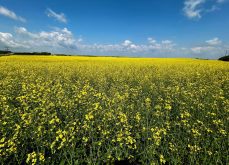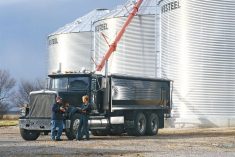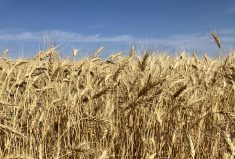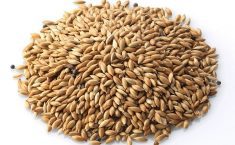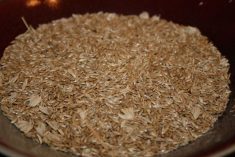CNS Canada — The canaryseed market may be very slow in Western Canada, but acres are still expected to rise in 2015, according to an industry official.
“The canary market is relatively quiet,” said David Nobbs, president of the Canaryseed Development Commission of Saskatchewan and director of operations with CanPulse foods in Kindersley, Sask.
Activity in the Mexican peso and the European euro “has really strangled those markets,” he said, making their purchasing “very hand to mouth.”
The Canadian dollar has also weakened over the past few months, but Nobbs said that did not translate into higher prices in the countryside as any benefit from the exchange rates was being given to the end-users in order to try and generate demand.
Read Also
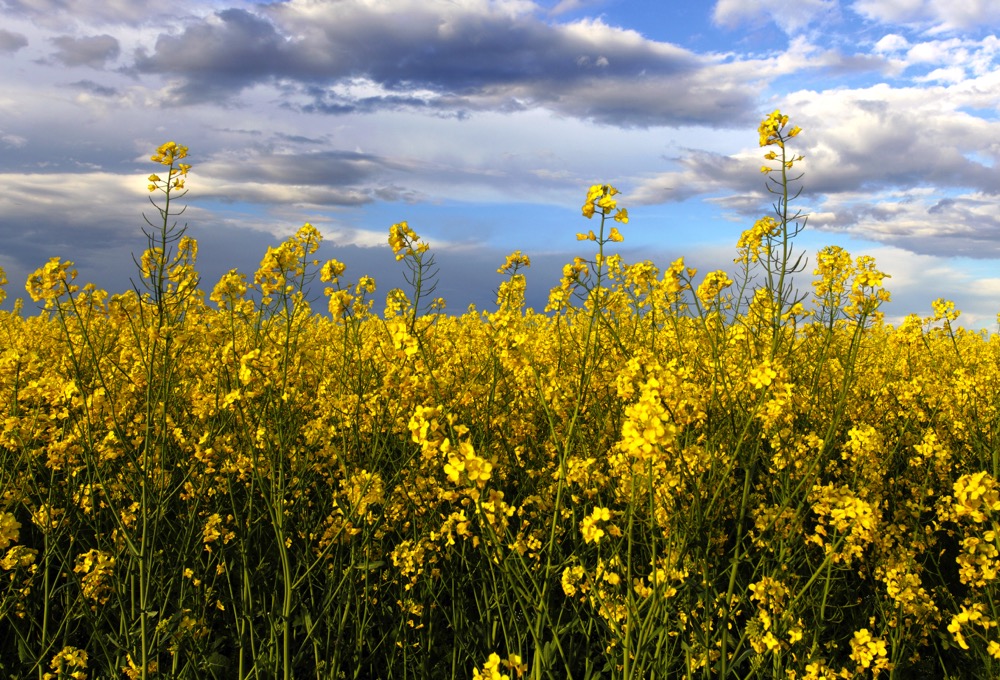
ICE Weekly: No upside for canola if China situation continues: trader
Tony Tryhuk of RBC Dominion Securities said canola should stay rangebound if Canada’s trade war with China continues.
However, the demand was slow in coming with very little old-crop canaryseed moving this winter. Nobbs added he had also “never seen a lack of new-crop sales like we have today.”
Mexico will likely come in and buy over the next six to eight weeks, but Nobbs said Europe is “awash in supply” and won’t be buying while demand from the other smaller customers is unpredictable.
On paper, Canadian canaryseed supplies look tight, but Nobbs noted there are likely 75,000 to 100,000 tonnes of stocks not included in the official numbers. He said this likely marked the fourth year in a row where “we thought we would run out of canaryseed,” but didn’t.
Old-crop bids are currently anywhere from 23 to 25 cents per pound, and new crop is at about 23 cents, said Nobbs. He said there was very limited tonnage being contracted at those levels.
While farmers would be happier with new-crop bids of 25 cents/lb., Nobbs still anticipated that Canadian canaryseed area could be up by anywhere from 10 to 30 per cent in 2015.
Canada grew 125,000 tonnes of canaryseed in 2014, and is forecast to see production increase to 145,000 tonnes in 2015, according to estimates from Agriculture and Agri-Food Canada.
AAFC predicts planted area to the crop at 309,000 acres, which would compare with the 275,000 acres seeded the previous year, and the five-year average of about 300,000 acres. Statistics Canada releases its first survey-based acreage estimates on April 23.
The size of Canada’s crop will likely impact where the price goes, said Nobbs. He said durum would win out over canaryseed as a cropping option in the traditional durum-growing areas, but canaryseed compared favourably with spring wheat in those areas that don’t grow durum.
Growing conditions in July will be especially important in determining the longer-term price direction.
— Phil Franz-Warkentin writes for Commodity News Service Canada, a Winnipeg company specializing in grain and commodity market reporting.



